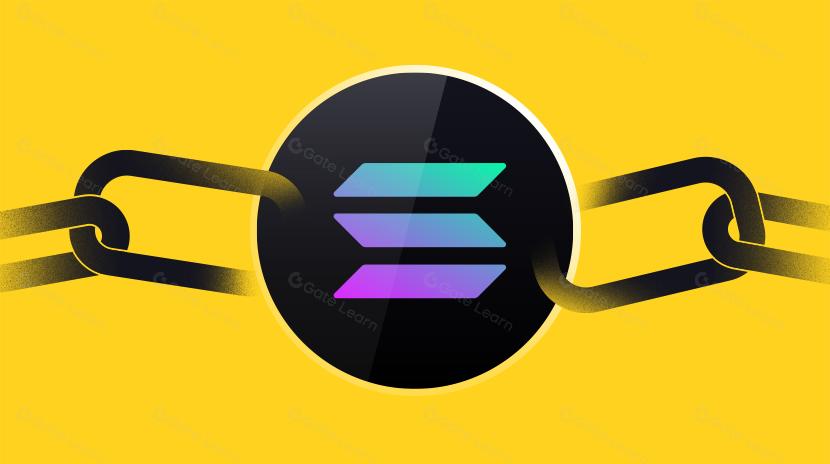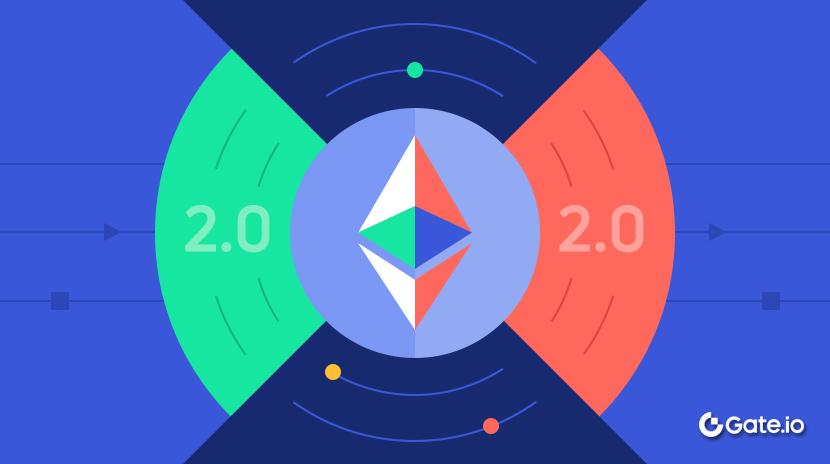The Global Payments Fold: From Tokyo to Nigeria, What Is Web3 Building Outside the Mainstream Narrative?
True “financial inclusion” is something you can only fully appreciate through firsthand experience.
During a recent trip to Japan, I realized just how much I rely on QR code payments back home in China. In Japan, cash is still dominant, card swipes cause wear, and setting up or reloading a Suica card can be a hassle—especially for Android users. Yet, with Alipay and Visa/Mastercard as reliable backups, making payments never became a real obstacle.
But shift your focus to the Southern Hemisphere—to many countries in Africa, Southeast Asia, or Latin America—and the story changes completely. In these regions, payments aren’t just a convenience; they’re a vital survival skill:
Bank card usage is extremely low. Many people don’t even have bank accounts. Small interbank transfers come with high fees and unreliable settlement, and many banks lack cross-border services. Even when available, cross-border payment fees are often exorbitant.
In these places, payments are no longer a basic utility like water or electricity—they’ve become a privilege.
I. The World Is Folded: From Tokyo to Lagos
For those living in East Asia (China, Japan) or in the West, payments often feel “overengineered.”
The seamlessness of WeChat Pay, the versatility of Alipay, and Japan’s Suica tap-and-go system make us believe that moving money should always be this easy.
But the world isn’t flat. Financial experiences are “folded”—dramatically different for different people.
Just like the three physically separated classes in the sci-fi novel Folding Beijing, global finance is divided by deep, nearly unbridgeable gaps. People in the “first space” are busy chasing double-digit DeFi yields, while those in the “third space” are simply trying to bring their wages home safely each day.
What’s striking is that, in this context, a counterintuitive truth often goes unnoticed. While Africa is stereotyped as “behind,” a closer look at emerging markets like Nigeria reveals that people do want digital payments—they’re just blocked by infrastructure:
According to the Central Bank of Nigeria’s latest data, Internet Transfers account for a remarkable 51.91% of transaction volume, with POS transactions at 28.53%. Combined, these digital methods make up over 80% of all transactions, while ATM cash withdrawals—often assumed to dominate—make up just 2.21%.

This shows that Nigerians are highly dependent on digital payments, especially direct bank transfers. Ironically, physical payment infrastructure like bank branches is even more expensive and harder to build than digital banking solutions.
So in Nigeria, there’s no need to explain what an “e-wallet” is or how to use one. Out of necessity, people are already used to handling almost all transfers via their mobile phones. This is reminiscent of how Axie Infinity became popular in Southeast Asia by leveraging local digital habits.
The only real pain point is “connectivity.” For a freelancer in Lagos or a migrant worker sending money home, average wait times of 15 minutes or more and predatory exchange rates remain a giant black box.
They rely on digital payments, but lack stable, low-cost, globally connected payment infrastructure. Against this backdrop, Web3 finally offers a path that doesn’t depend on the banking system.
II. Web3 Payments: “Encircling the Cities from the Countryside”
This is why I’ve always believed that the revolutionary impact and momentum of Web3 and stablecoins in regions like Africa and Latin America—using a “rural encircles urban” approach—have long been underappreciated by mainstream narratives.
Recently, a video of Xie Jiayin using stablecoins for payment in Vietnam sparked widespread discussion. Frankly, it was eye-opening.
The key was that the payment was completed directly via a crypto wallet transfer—no U Card intermediary required.

While QR code transfers are routine in China, they rely on mature, closed-loop payment networks like Alipay and WeChat—products of China’s unique environment and two decades of internet development, difficult to replicate elsewhere.
The model shown in the video is totally different: in Vietnam, Bitget Wallet scans a VietQR code. The front-end experience looks like Alipay, but the backend uses Solana for crypto transfers, with instant fiat conversion via an intermediary protocol to the merchant’s account.
The key difference is “replicability”—in theory, this Vietnamese model can be applied in any country with a local instant payment system.
This is especially true for underdeveloped regions in Africa and Latin America, where smartphones and e-wallets are common, but traditional financial infrastructure is lacking.
This reveals a core demand: users don’t care about ERC-20 or gas fees—they just want to pay as easily as scanning a code.
Looking back at the evolution of stablecoins in Web3 payments, there have been three main stages:
- Pure on-chain transfers: a toy for geeks, useful for NFTs and DeFi, but almost unusable in daily life;
- The “U Card” era: topping up Visa/Mastercard with crypto—convenient, but with high barriers (complicated KYC, expensive card fees, high transaction fees), and ultimately still serving traditional card networks;
- Direct-to-bank integration: connecting on-chain accounts and stablecoin assets directly to merchant payment endpoints, bypassing card issuers and networks—currently the most exciting area of exploration;
Major payment companies are already moving in this direction.
Circle has launched Programmable Wallets and CCTP (cross-chain USDC settlement). Stripe spent $1.1 billion to acquire stablecoin API provider Bridge. All these moves aim for the third stage.
Bitget Wallet’s new Nigerian bank transfer feature, powered by Aeon Pay, offers a “third option” beyond big banks and P2P:
- Decentralized and no KYC: avoids the cumbersome identity checks required by traditional exchanges, preserving Web3 wallets’ censorship resistance;
- Lightning-fast experience: compared to P2P markets’ 10-15 minute transfers, this direct integration enables transfers in 5-10 seconds;
- Low-risk channels: funds go directly into the banking system via compliant payment gateways, not through unfamiliar P2P merchants, greatly reducing the risk of frozen accounts;
This means Web3 wallets are evolving from asset browsers to direct API connections with central bank payment systems (like Nigeria’s NIBSS Instant Payment).
From this perspective, U Cards—still mainstream today—are bound to be replaced. Traditional financial institutions will increasingly embed Web3 payment solutions, ensuring compliance while enabling direct, end-to-end connections between user wallets, merchant payments, and asset transfers via bank accounts, payment channels, and settlement systems.
III. The Ultimate PayFi: When Wallets Become “Invisible Banks”
This leads to a practical question: Web3 doesn’t need to reinvent the physical payment network. Instead, wallets should “penetrate” existing payment networks.
I believe the ultimate form of PayFi could be a fully on-chain payment network, completely independent of Visa/Mastercard or SWIFT:
- Merchants: accept stablecoins directly, with no forced conversion to fiat;
- Users: send transactions straight from non-custodial wallets, self-custodying funds, with instant on-chain settlement;
- Backend: supported by compliant stablecoin issuers and on-chain clearing networks, eliminating traditional card organization “toll fees”;
But that’s the ideal. Until payment systems are fundamentally transformed, the most practical and sustainable path is to connect stablecoin payment gateways directly to local banks.
TradFi excels at compliance, account architecture, and risk management, while crypto brings openness, global liquidity, and trustless execution. Combining the two strikes the optimal balance between “compliance” and “agility.”
This trend is already taking shape.
As previously mentioned, Bitget Wallet’s Nigerian implementation, stripped of its “crypto” branding, essentially acts as an “offshore banking app with global liquidity”:
Imagine an everyday user in Lagos opening Bitget Wallet—not just an on-chain asset manager, but a “super Alipay” that stores dollars (stablecoins) and instantly transfers money to the local grocer’s bank account.
This could very well be the prototype for a killer PayFi app in emerging markets.
When Web3 wallets can compliantly and seamlessly access real-time payment systems worldwide (like Nigeria’s NIBSS, Brazil’s PIX, or India’s UPI), this model could finally bypass the high costs and inefficiencies of the traditional SWIFT system.
In the near future, products like Bitget Wallet could even surpass Airwallex, Wise, and other cross-border payment solutions in both cost and user experience.
Final Thoughts
Payments are the starting point for stablecoins. “Global payments” represent their evolution into core global financial infrastructure.
Vietnam’s QR payment integration and Nigeria’s off-chain bank transfers show that stablecoins’ greatest value may not be in replacing banks, but in filling the gaps banks cannot reach.
Hopefully, more wallets and Web3 projects will continue to experiment and dig deeper in these complex local environments.
Only then will “global payments” become a tangible, everyday reality rather than just a buzzword.
Disclaimer:
- This article is republished from [TechFlow]. Copyright belongs to the original author [Web3 Farmer Frank]. If you have concerns about this republication, please contact the Gate Learn team, who will address the issue in accordance with relevant procedures.
- Disclaimer: The views and opinions expressed in this article are those of the author alone and do not constitute investment advice.
- Other language versions of this article are translated by the Gate Learn team. Do not copy, distribute, or plagiarize the translated article without referencing Gate.
Related Articles

The Future of Cross-Chain Bridges: Full-Chain Interoperability Becomes Inevitable, Liquidity Bridges Will Decline

Solana Need L2s And Appchains?

Sui: How are users leveraging its speed, security, & scalability?

Navigating the Zero Knowledge Landscape

What is Tronscan and How Can You Use it in 2025?
